Well, this story could also have taken the title of ‘Moonshine, fossils and plenty of Karoo charm’, and that would hit the nail right on the head. Located at the foot of the Swartberg mountains, the town is a fusion of old pastoral and present-day appeal, keeping its Karoo ‘dorp’ charm as trendy eateries pop up in the main street amid the old Victorian, Cape cottage and Karoo architecture.
Highlight of the week is the Saturday morning market where you can find a range of fresh produce and local fare. And if you drive from the main road down the streets into the residential area, the agricultural plots dotted among the houses still tell tales of days of old.
Stories abound here. From the time when the hunter-gatherer San painted their stories on rock walls. Much later, in 1740, ‘trekboere’ reached the Swartberg mountains and in 1762 Zacharias de Beer was granted the loan farm ‘De Queeckvallij’ – ‘valley of cultivation and plenty’, which would gradually grow in a settlement. In 1842 the farm was subdivided into small-holdings and part of the farm was bought to build a Dutch Reformed Church. The hamlet, initially called Albertsburg, was renamed Prince Albert in 1845 after Queen Victoria’s husband. Being at the crossroads, a halfway point on the routes from north to south and east to west, it began to develop into an urban centre. The century-old buildings have their own stories ingrained in their bricks and mortar. Guide Ailsa Tudhope will take you on an evening walk around the town to share their stories, as well as the local ghost tales.
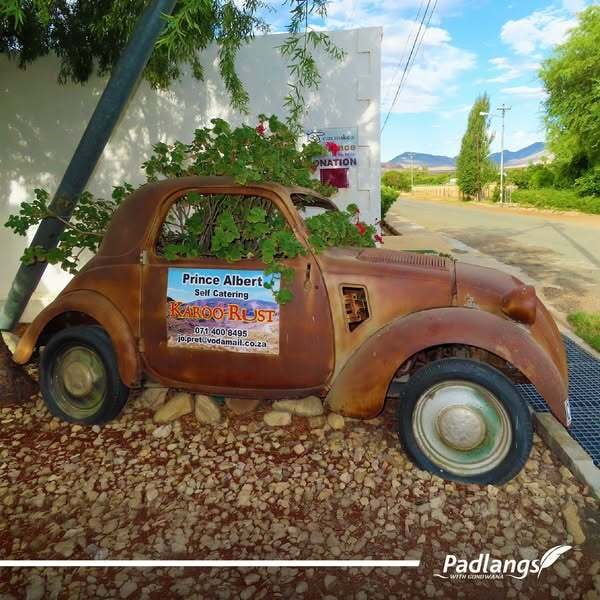
Long before humans made their presence known in the valley, approximately 255 million years ago, four-legged, five-toed Bradysaurus loped across the plains leaving their tracks embedded in the rock. The Fransie Pienaar museum calls them ‘The earliest settlers in the Karoo’ and tells their story – and more, its walls filled with tales of the town and the passes that surround it. And it has a story of its own. It began with Francina (Fransie) Pienaar, who was born on the farm Lammerkraal in the Prince Albert district in 1897. A collector at heart from childhood days, her collection expanded during her lifetime. When she and her husband retired and moved to Prince Albert, she donated it to the museum, which is now housed in the 1906 Haak family home, and remained the unofficial curator and guide until she was 88 years old! I was sorry to have missed her. Besides the fascinating information and displays, the museum is unusual for an entirely different reason - Witblits (White Lightning) – also known as Moonshine! On its shelves, next to books, pamphlets and items for sale are bottles of the fiery liquor.
I asked Michelle Taylor, the curator, about this unusual museum item and was told that once a year, in March or early April, a group of volunteers arrives at the museum distillery to spend a few days distilling late Hanepoort grapes in the antique copper still. Flip van Niekerk built the base of the still behind the museum, next to the old morgue. He was one of the first Witblits ‘stokers’ for the museum, which strangely enough is the only outlet with a licence to distil, bottle and sell Witblits in Prince Albert. Now if that’s not enough of an old tradition with oodles of character, the Prince Albert valley adds to the charm producing olives, figs, cheese and mohair, and is a source of inspiration for many artists who have made the town their home. These add to the quaint architecture of a bygone era and the furrows of water that trickle through the streets past the old mill to irrigate the land in old ‘leiwater’ fashion.
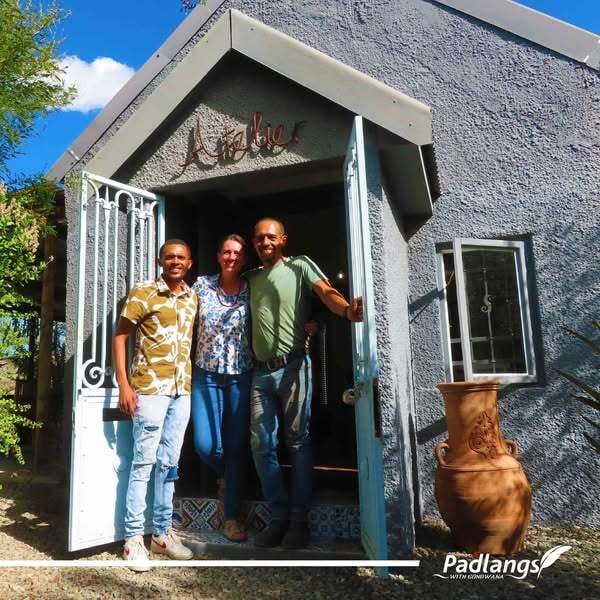
After walking up the Robert Gordon koppie at the edge of town to attempt to capture a semi-aerial view of the small town, we visited the picturesque shops with their array of bric-a-brac. And we drove to the outskirts of the town (it doesn’t take long) to have lunch and visit the Karoo Souk. Among the creative clan who have been attracted to Prince Albert over the last few decades are Kashief and Sophia Booley who discovered the hamlet on their roadtrips around the country and moved to the town in 2010. ‘If you can’t move out of the valley, you will never get over the hill’, Kashief quoted poet Kahlil Gibran, describing his family’s move from Bo Kaap in Cape Town to Prince Albert and how they slowly began to renovate the old Catholic chapel (the dominee had first option on the sale) into the Atelier restaurant, which became known as the Koppie Koffie, and develop the property. They described the allure of the town by telling us how we often live past ourselves in the fast pace of the city. Here, they could appreciate the silence, which gives you a chance to understand yourself.
The Karoo Souk offers a good cup of coffee and delicious fare with an exotic Cape Malay flavour, an enticing artsy courtyard, Kashief’s blacksmithing workshop ‘Striking Metal’ and the Angora goat mohair workshop ‘Karoo Looms’, where seven women ranging in age from 20 to 60 work at the looms making attractive cushion covers, table-runners, tapestries and blankets from the superior fibre.
The sun beat down as we explored. This is the Karoo after all. Blistering hot summer days and chilly winter weather. It’s that Karoo feeling that attracts visitors with its raw and real beauty and charisma that is uniquely its own.
Located on the southern edge of the Great Karoo in the Western Cape, the Prince Albert valley has had a hodgepodge of history. It housed a British garrison during the second Boer War, who used the DR church as a fort and lookout tower. The surrounding farms were visited by Gideon Scheepers and his commando, who seized farm horses and stock, raided the vegetable gardens and orchards, and robbed the post coach to Prince Albert Road in 1901, absconding with six of the eight mules.
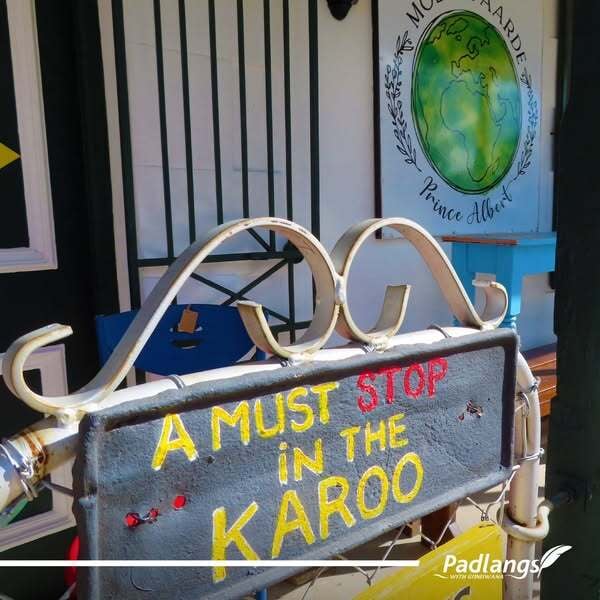
I kept discovering more of the fascinating history. The district experienced a brief gold rush when the first gold nugget was found on the farm Spreeuwfontein in 1870, and when the second was discovered in 1891 on the farm Klein Waterval the farms opened for public gold digging. Electricity was installed in the town in 1933 after Mr Swanepoel, who was responsible for the lighting and maintenance of the gas lamps, went into the shed to investigate why the lamps weren’t working and lost half his face when the gas tank exploded. The walls of the Fransie Pienaar museum tell it all. They also proudly showcase the vibrant work of the late Jan Schoeman, better known as ‘Outa Lappies’ (Old Patchman), a Prince Albert legend who turned discarded tin and glass into art and decorated his own homemade cart, brightening the town. His motto was: ‘Iets uit niets’ and said ‘Make something out of nothing – every day’.
There were stories and more stories. And I wasn’t yet done. Next to the bottles of Witblits, I picked up the book ‘Prince Albert Local Stories’, a collection garnered by Helen Marincowitz with some of the more colourful tales remembered by people who had been born and grown old in the Karoo town. But, those are stories for another day . . .
(References: HISTORY - Prince Albert; Prince Albert is a historic village in the Western Cape (GL); Prince Albert, South Africa - Wikipedia; the Fransie Pienaar Museum)


.png)
.jpg)
.jpg)


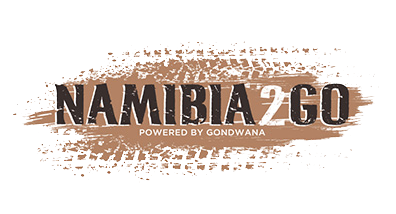

.png)
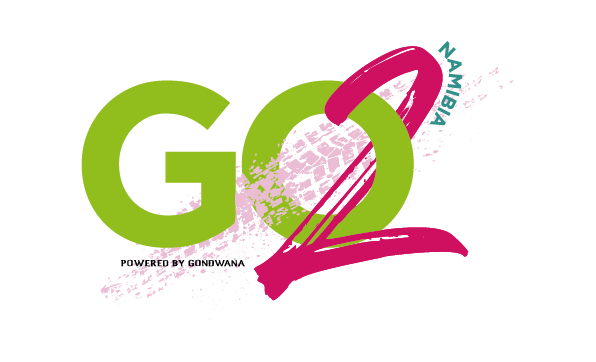
SUBMIT YOUR COMMENT